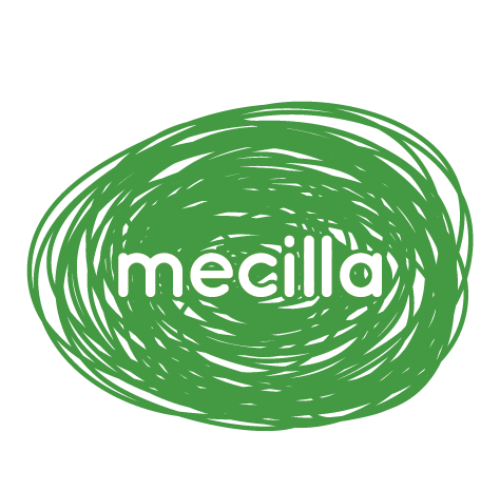ORGANIC COTTON FARMING PRACTICES
Q: How do organic cotton farming practices differ to conventional?
A: In conventional cotton production, synthetic inputs (such as pesticides and fertilizers) are used to maximize yields and to manage pests, weeds and disease. These inputs are prohibited in organic production and, instead, farmers use a variety of natural techniques. These most commonly include, but are by no means limited to; crop rotation, intercropping, minimum tillage, animal and green manures, composting, and biodynamic herbal or mineral powders.
A: In conventional cotton production, synthetic inputs (such as pesticides and fertilizers) are used to maximize yields and to manage pests, weeds and disease. These inputs are prohibited in organic production and, instead, farmers use a variety of natural techniques. These most commonly include, but are by no means limited to; crop rotation, intercropping, minimum tillage, animal and green manures, composting, and biodynamic herbal or mineral powders.
Q: How do organic cotton farmers manage pests?
A: Organic farmers use their knowledge of the local ecology to carefully plan their natural pest management strategy. For instance, this might involve the planting of ‘trap’ crops that attract pests away from the main crop, or the application of natural pesticides such as neem. Another method is to promote natural enemies of cotton pests (such as birds, ladybirds, beetles, spiders, parasitic wasps, bugs and ants) by providing suitable habitats for them. Building a healthy soil also helps avoid outbreaks of pests or disease.
A: Organic farmers use their knowledge of the local ecology to carefully plan their natural pest management strategy. For instance, this might involve the planting of ‘trap’ crops that attract pests away from the main crop, or the application of natural pesticides such as neem. Another method is to promote natural enemies of cotton pests (such as birds, ladybirds, beetles, spiders, parasitic wasps, bugs and ants) by providing suitable habitats for them. Building a healthy soil also helps avoid outbreaks of pests or disease.
Q:
How do organic cotton farmers manage weeds?
A: Crop rotation and intercropping are important practices in organic cotton production for many reasons, including the reduction of weeds. Changing the crop grown in each field annually to a crop with a different growing pattern, as well as planting weed-suppressive cover crops instead of leaving land bare, all helps to minimize the build-up of weeds.
Q: How do organic cotton farmers maintain soil fertility?
A: There are a number of methods used by organic cotton farmers to improve and maintain soil fertility, including: crop rotation, intercropping, vermiculture & liquid manure, cover cropping, animal manure, composting, green (plant) manure, mineral powders, and reduced tillage.
Q:

What is the growing cycle like for organic cotton?

